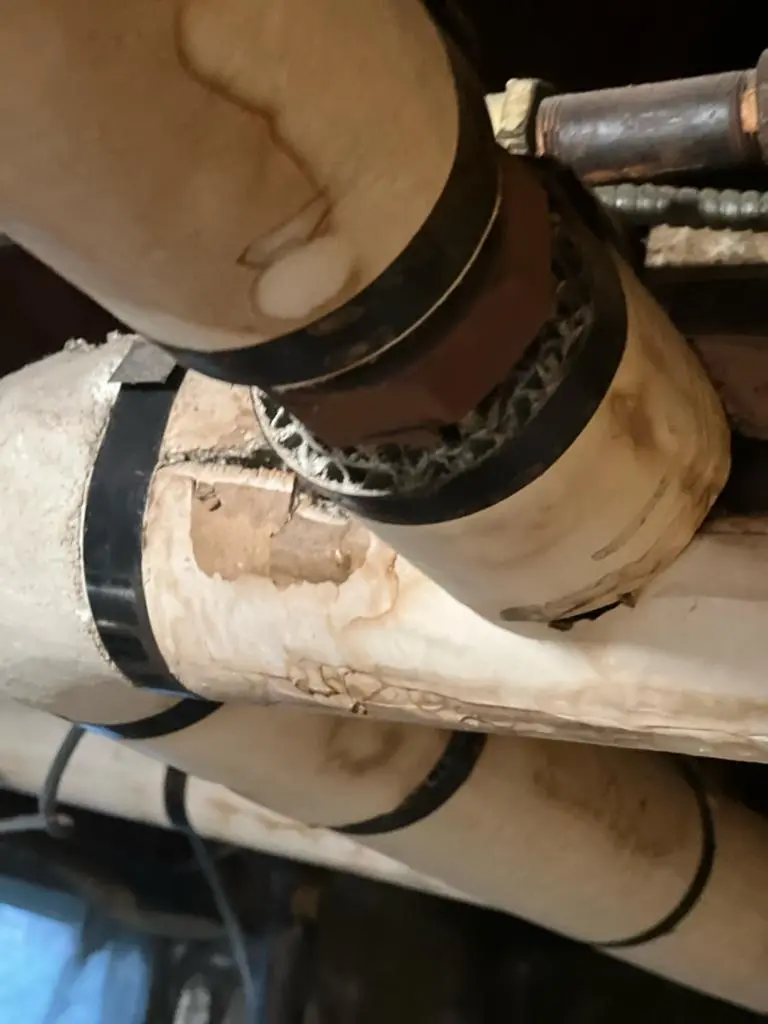Asbestos is a natural mineral that was in wide use throughout construction up until the 1980s. It was literally everywhere-from insulation down to the floor tiles and the ceiling tiles. Asbestos exposure has serious health consequences, including lung cancer and mesothelioma. As in the case of any building material, asbestos can be dangerous depending on its type and condition. Hence, appropriate precautions during home renovations are in order.
Identifying Asbestos
It’s critical that you’ll know whether asbestos is present in your materials before you begin renovations. Have your home tested by a qualified asbestos professional. If asbestos is detected, hiring a certified contractor for safe removal is of extreme importance.
If you suspect that materials in your house contain asbestos, especially if the material is damaged or will be disturbed by renovations, take precautions to avoid exposure.
Proper disposal of asbestos material
Precautions include:
Wearing protective gear
Establishing containment areas to prevent the spread of fibers into non-contaminated areas
Asbestos 101
Asbestos was highly prized for its fire resistance and insulating qualities. Unfortunately, when it is disturbed, it releases tiny fibers into the air, which can be inhaled and cause serious health conditions such as lung cancer and asbestosis.
The three most common types of asbestos that are generally found in building products include:
Crocidolite-Also known as Blue Asbestos: Product applications include insulation and in spray-on coatings
Chrysotile-Also known as White Asbestos: Used above all else in insulation and in ceiling tiles
Amosite-Also known as Brown Asbestos: Most used in insulation and in cement products
Health Risks
The medical effects of asbestos exposure on health take time, even up to several years to become apparent, and can be serious diseases such as lung cancer and mesothelioma. Usually, the high-risk group involves people who have been exposed to high levels of asbestos for a long period. Thus, the homeowner should not disturb the suspected material and seek professional help in its removal.
Legal and Safety Considerations
The following are the legal and safety considerations that a homeowner should take when handling asbestos:
Regulations and Permits
The use of asbestos is regulated by the EPA. Any renovation work would require consulting your local health department for permits and notifications about asbestos removal.
Safety Gear: Safety equipment includes:
- Respirators: Using a HEPA respirator can filter the asbestos fibers in the air.
Protective Clothing: Wear disposable coveralls and gloves to avoid contamination. - Wetting Agents: Spraying materials with water can help prevent fibers from becoming airborne.
- Sealed Workspace: The area in which the work is to be done will be sealed by plastic sheeting where the fibers fall onto preventing the spread of the material.
Homeowners should not attempt to remove the asbestos by themselves unless they have hired a certified professional. Trained professionals are highly educated in how to handle asbestos safely for removal and proper disposal.
Identifying and Assessing Asbestos
The identification and assessment of ACM is the most critical activity in safe renovation.
- Professional Testing: A licensed inspector can inspect your house for suspected material of being an ACM and send it to a lab for analysis. Not all ACMs pose a risk; the risk depends upon their condition and the degree of disturbance.
- DIY Testing Kits: Several DIY test kits are available but may not always have reliable results. If you decide to test for asbestos, carefully follow the instructions on the kit and contact a professional if you’re unsure.
Abatement and Disposal
Any renovation involving asbestos should be treated with a lot of care. One should always make sure an asbestos abatement contractor is licensed to undertake the removal and disposal.
Hiring a Contractor: Ensure they are certified and experienced in asbestos removal. A good contractor will give a clear plan for removal and ensure all safety guidelines are followed.
Disposal: All asbestos materials should be wrapped in appropriately labeled containers and taken to licensed disposal facilities. Care shall be taken not to break or damage the material in any way during removal to avoid fiber release.
Conclusion, asbestos management in home renovations is hazardous. It is always recommended that one should employ only licensed professionals and follow set protocols for safety considerations for oneself and others.


